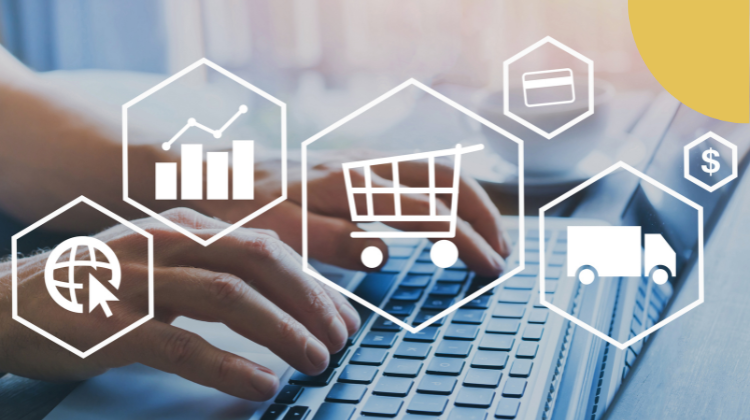Payments
‘2023 is the year B2B ecommerce payments become real’: 3 questions with Bar Geron, CEO of Balance
- As both the B2B payments and ecommerce markets continue to grow, what’s in store for their offspring, B2B ecommerce payments?
- In this Q&A, Balance co-founder and CEO Bar Geron dives into the rise of B2B ecommerce in 2023.








